For Product Registration and general enquires please contact us
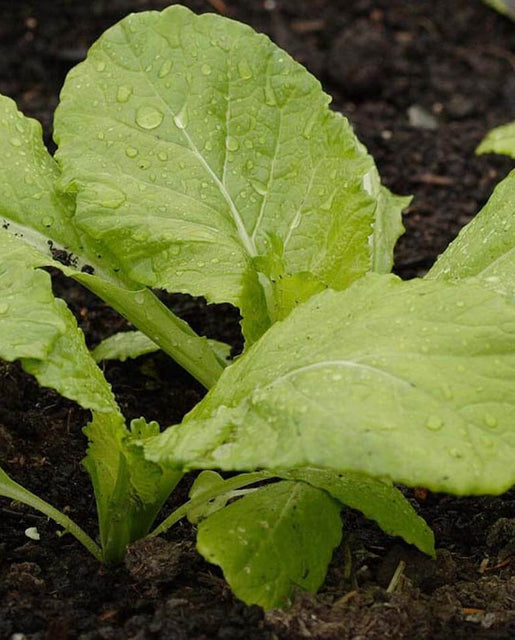
Bau Sin
$7.99 – $129.99
Bau Sin mustard seeds produce a broad-leaf Chinese green that is popular in Taiwanese cuisine. Bau-Sin is unique in that it is one of the only mustard varieties that will form a head if the temperature is right.
West Coast Seeds ships anywhere in North America. However, we are not able to ship garlic, potatoes, asparagus crowns, bulbs, onion sets, Mason bee cocoons, or nematodes outside of Canada. We regret, we cannot accept returns or damages for orders outside of Canada. The minimum shipping charge to the US is $9.99.
Description
More details about Bau Sin
Bau Sin mustard seeds produce a broad-leaf Chinese green that is popular in Taiwanese cuisine. Bau-Sin is unique in that it is one of the only mustard varieties that will form a head if the temperature is right. The leaves and stalks are dark green, and may curl inwards to form a head in cooler weather. Sow this rare mustard at any time of year, but to get the head to form, sow in late summer for harvest in late fall and over the winter. Leaves are crispy and tender – the mildest and sweetest of all mustard greens. Bau-Sin mustard grows well in coastal gardens. Matures in 50 days. (Open-pollinated seeds)-
- Leaves are crispy and tender
- Leaves form a head in cool weather
- Popular in Taiwanese cuisine
- Open-pollinated seeds
- Matures in 50 days
All About Bau Sin
How to Grow Mustard Seed

Step 1: Timing
Mustards are cool season plants that grow quickly and then bolt. Direct sow with frost protection as early as late winter or without protection from early to late spring. Sowing short rows every 3 weeks allows for a continuous harvest of both baby leaves and full sized plants. Sow again in late summer for late fall and winter harvests. Optimal soil temperature: 21°C (70°F). Seeds should sprout in 5-10 days.
Step 2: Starting
If growing to full size, sow 3-4 seeds in each spot you want a plant to grow. Sow 5mm-1cm (¼-½”) deep and thin to the strongest plant, spaced 10-15cm (4-6″) in the row. All mustards can be grown in containers for baby salad greens. Sow these as you would mesclun mixes, with seeds spaced as near as possible to 1cm (½”) apart.
Step 3: Growing
Ideal pH: 6.0-6.5. One cup of complete organic fertilizer will provide nutrition for 3m (10′) of row. Water regularly. Expect mustards to bolt in hot weather. Provide protection in winter by using a cloche or heavy row cover. At all other times, plan on growing fast and harvesting fast, like spinach. Planting short rows every two weeks works best for the home garden for a constant harvest.
Step 4: Germination
Days to maturity: From direct sowing. In optimal conditions at least 70% of seeds will germinate. Usual seed life: 3 years. Per 100′ row: 400 seeds, per acre: 174M seeds.
Step 5: Harvest
Cut individual leaves, or the whole plant at whatever stage of maturity you desire. Young leaves tend to be more tender and less powerfully flavoured as mature leaves. Some varieties will develop a slight bitterness in fully mature leaves. The leaves can be blanched (or run through a food processor) and then frozen, or even dried and flaked for soup mixes. But the plants are so cold hardy, fresh leaves should be available to the determined gardener 12 months of the year. Whole plants can also be pickled for long term storage.
Tips!
Disease & Pests: Slugs and woodlice (sow bugs) may nibble young seedlings, but overall, these plants are trouble free. Keep the garden free from debris and excess water, where both of these pests like to go during the day. If leaves show lots of tiny holes, flea beetles are the problem. Prevent early spring infestations by using lightweight row cover.Additional information
| Matures | in 50 days |
|---|---|
| Season | Cool season biennial |
| Exposure | Full sun to partial shade |
| Quantity | 1g, 5g, 25g, 100g, 500g |
You must be logged in to post a review.




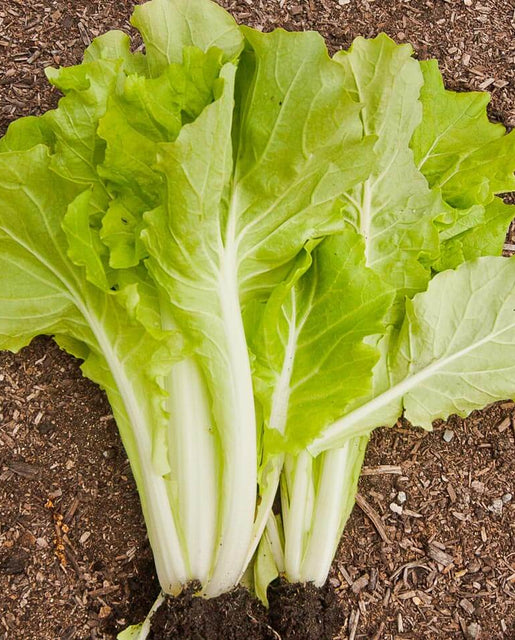
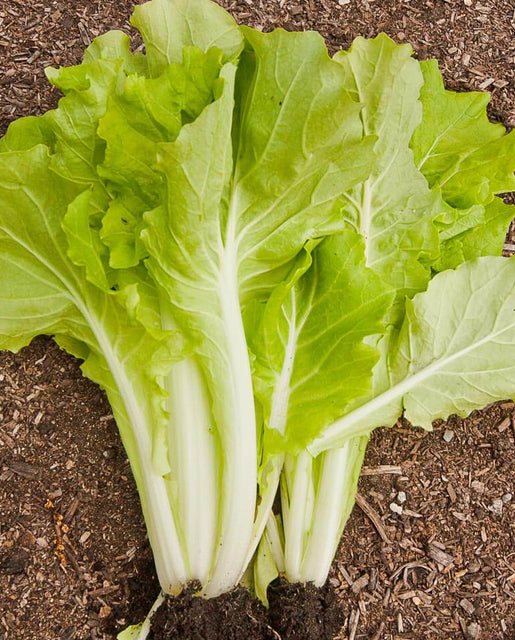
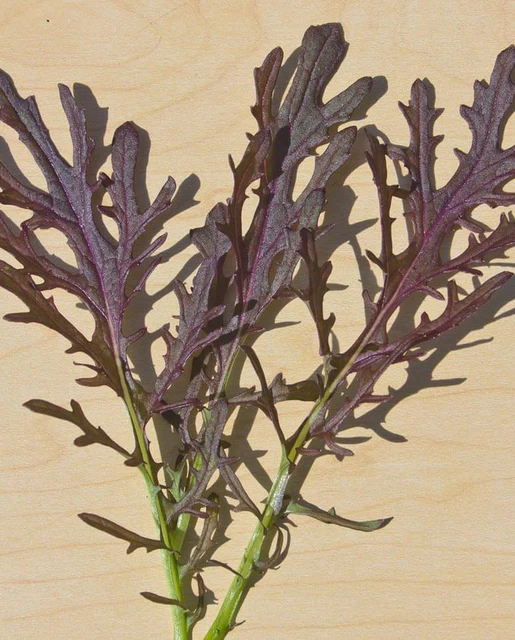
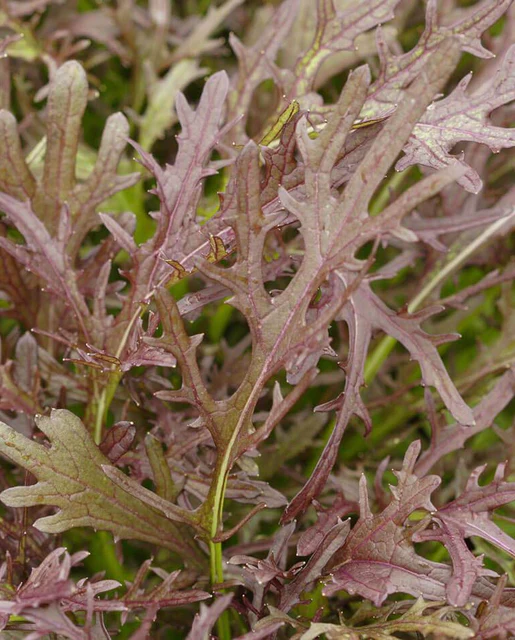
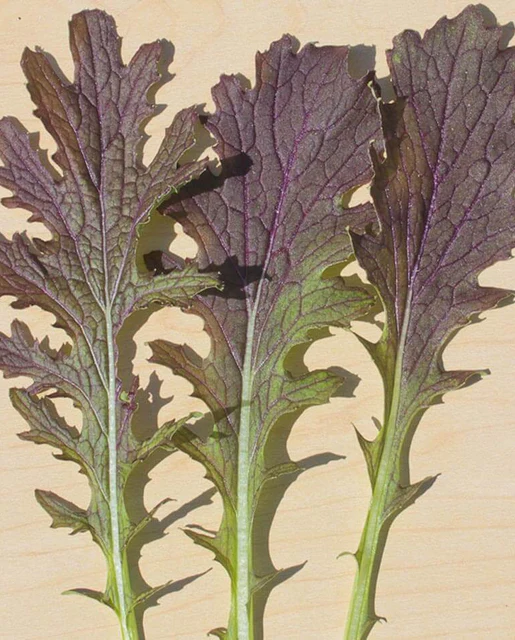
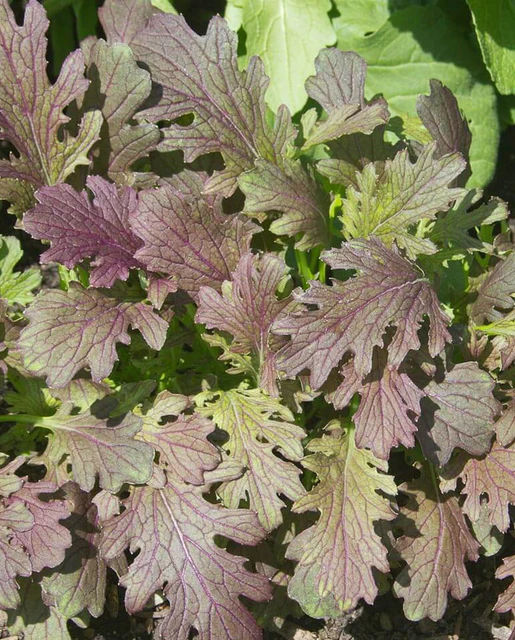
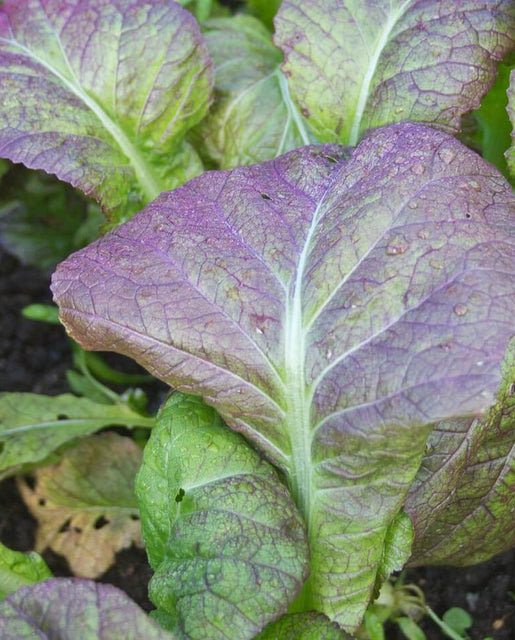




Reviews
There are no reviews yet.